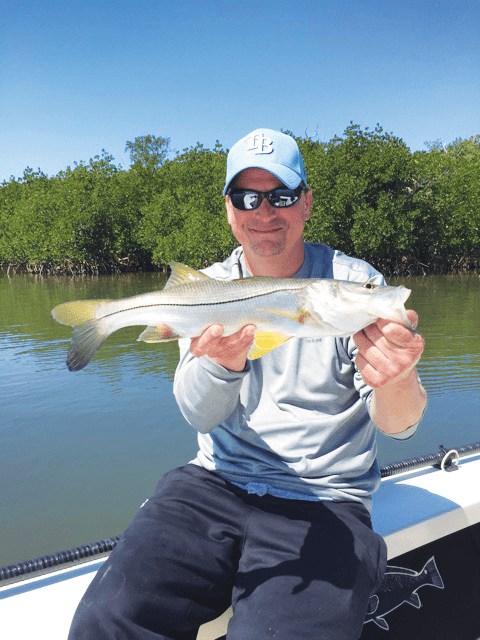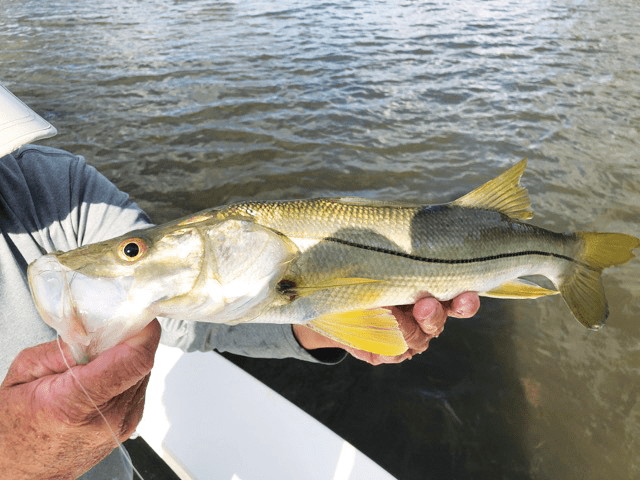by Capt. Mike Manis
With this month, SWFL enters what many consider the beginning of the fishing season. In and around Charlotte Harbor, the increase in activity on the water is quite noticeable. The increase in traffic is balanced out by all the available options. In essence, there’s just not enough time to take advantage of it all. It’s definitely the beginning of tarpon season. At the top of the estuary, the upper harbor, looking for fish that have moved out of the rivers can be productive. They’ll spread out from the U.S. 41 Bridge to the mouth of the Myakka and down to the 20-foot hole off the West Wall. Indeed, you could spend the entire month hunting down these rolling fish. To the south, I like the deeper water along the eastern side of Pine Island Sound in the Demere Key area.
For me, the spring snook bite is one of my favorite times of year and I’d like to spend as much time possible seeing how many I can get to eat a fly. In part, one of the things I like about snook is where they live. I enjoy being around mangrove structure and throwing flies in the holes and pockets of the roots. In addition, probably most of the snook that I hook will be from blind casting. I have hooked them sight casting; but, as the saying goes, if you see a snook, it’s probably too late as they’ve already seen you first. They’re scattered throughout the bays and sounds that surround the harbor. In addition, redfish can be found cruising up and down the same shorelines. Last month, it seemed as though I was seeing them while scouting shorelines just about everywhere I went. It did appear that the majority of fish I saw had moved out of the backcountry creek systems and were on outside shorelines. In particular, corners and points held the most fish.
Keep in mind, snook are ambush feeders and do prefer moving water or strong current. It’s no coincidence that there seemed to be more fish in spots where the current moved swifter, around points. Generally, even though it’s tough to see with the naked eye, water or tide does pick up speed to make it around points or obstacles. What’s more, because the tides haven’t been real high yet like they will be this summer; it’s a bit easier to scout shorelines, as the fish can’t get too far back in the bushes yet.

Until next month, good tides.

